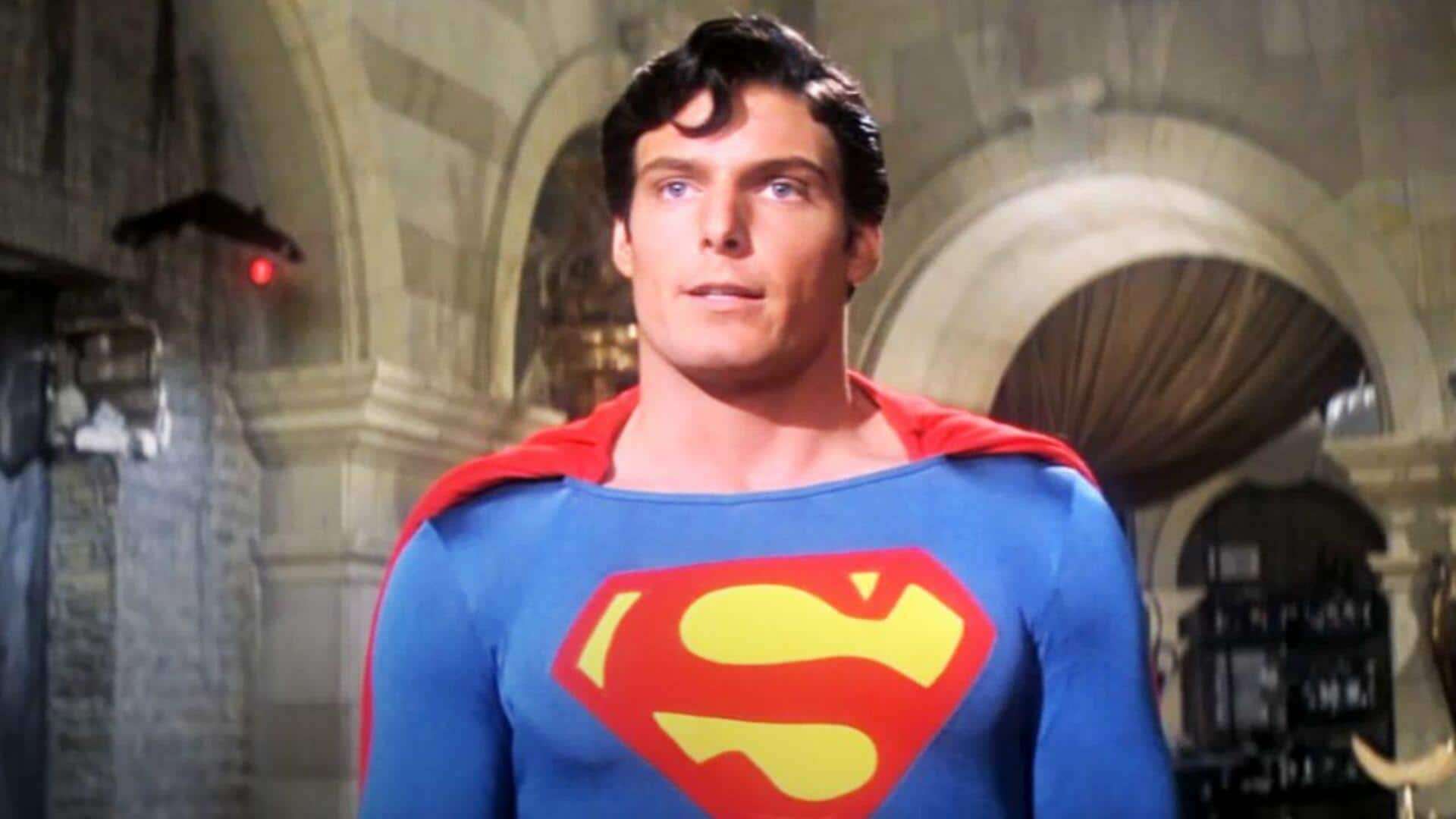
How Superman's cape became the ultimate symbol of heroism
What's the story
Superman's cape has been an iconic symbol of heroism and strength, evolving significantly since its first appearance. The design changes reflect not only artistic trends but also cultural shifts over the decades. From its humble beginnings to becoming a symbol of hope and justice, the cape's journey is fascinating. This article delves into the evolution of Superman's cape design, highlighting key transformations and their impact on the character's identity.
Early design
The golden age beginnings
In the 1930s, Superman made his debut with a simple red cape. The design was straightforward, focusing more on the character than on intricate details. This era emphasized bold colors and minimalistic styles, which were characteristic of early comic book art. The cape served as a functional element, enhancing Superman's dynamic poses while flying or battling foes.
Mid-century changes
The silver age transformation
During the 1950s and 1960s, Superman's cape transformed to reflect changing artistic styles. Artists began to experiment with more fluid lines and dramatic effects. This period saw the introduction of additional elements, such as a high collar or stylized patterns on the cape. These changes added depth to the character's appearance, making him look more powerful and dynamic.
Contemporary style
The modern era reinvention
In recent years, designers have reimagined Superman's cape for modern audiences. The focus has shifted toward realism and detail, with textures that mimic the movement of fabric in real life. Some interpretations even include technological enhancements or symbolic motifs that resonate with contemporary themes of justice and responsibility.
Symbolic evolution
Cultural impact of design changes
Each iteration of Superman's cape has influenced popular culture in different ways. From being a mere piece of clothing, it has become an emblematic representation of heroism across media platforms, including films, television shows, merchandise, and more. This evolution showcases how design choices can significantly affect public perception of iconic characters over time.